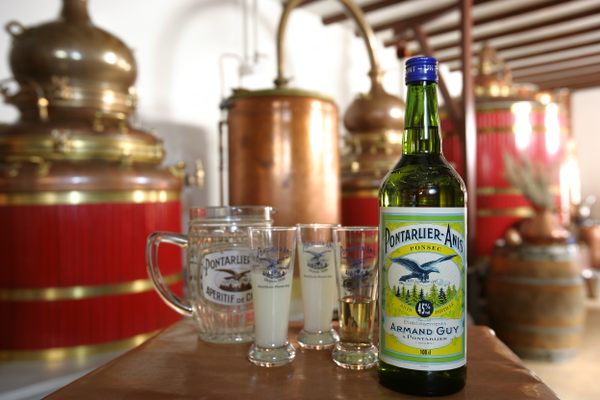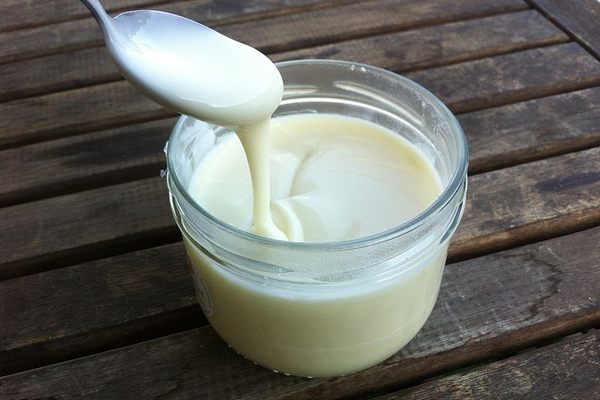Floating island is accurately named. A fluffy cloud of baked meringue is set adrift in a puddle of creme anglaise, or light custard. Over the top are drizzled lines of burned caramel.
According to NPR, the frothy egg dessert has centuries-old roots. The first recipe was recorded by the father of classic French cuisine, François-Pierre de la Varenne. His 1651 cookbook, Les Cuisinier François, contains a recipe for oeufs à la neige (“eggs in snow”). Unlike modern takes, this winter-themed version didn’t have custard. Instead, piles of egg whites were adorned with egg yolks, sprinkled with sugar, and baked.
Later, the egg yolk topping migrated into custard, creating the French dessert now considered a classic. Isabella Beeton’s influential 19th-century cookbook, Ms. Beeton’s Book of Household Management, included a recipe for “snow eggs,” calling it “A very pretty supper dish.” Poached meringues in custard became a traditional dessert enjoyed worldwide. The Portuguese came to know it as farófias and the Hungarians as madártej (“bird’s milk”).
In 1902, the snowy dessert got a tropical makeover when French chef Auguste Escoffier published a recipe for “floating island.” Instead of an ethereal cloud of eggs, the island was a solid mass of ladyfinger-like cakes, soaked in cherry liqueur, covered in apricot jam, and surrounded by a pool of custard. Over the 20th century, the ladyfingers disappeared, and floating island came to refer to a dessert nearly identical to the early eggs in the snow recipe. Perhaps it was because fluffy meringue seems much more likely to float than wet ladyfingers.
Where to Try It
-
This famed chain of chicken restaurants appropriately offers the egg-heavy floating island.
-
Bofinger
12 Cour Damoye, Paris, 75011, FranceThis Paris restaurant often features floating island on its dessert menu.
Written By
 Anne Ewbank
Anne Ewbank















